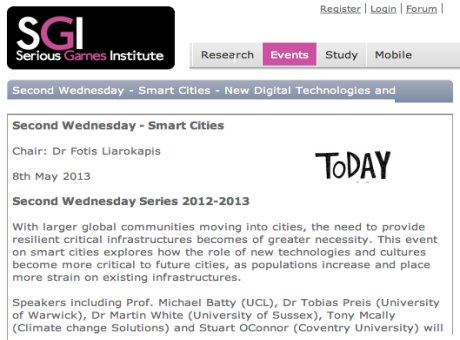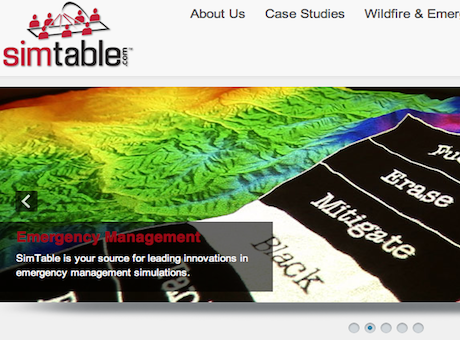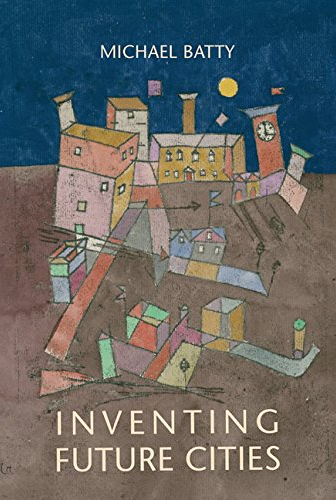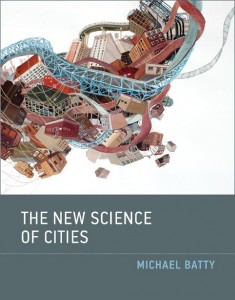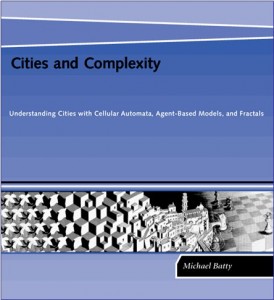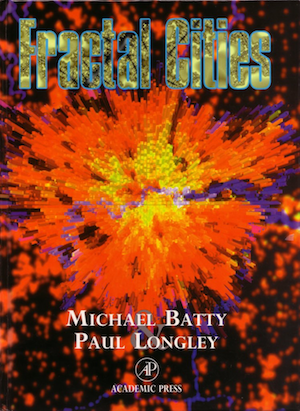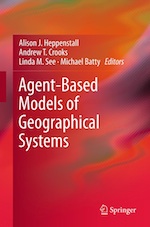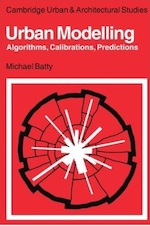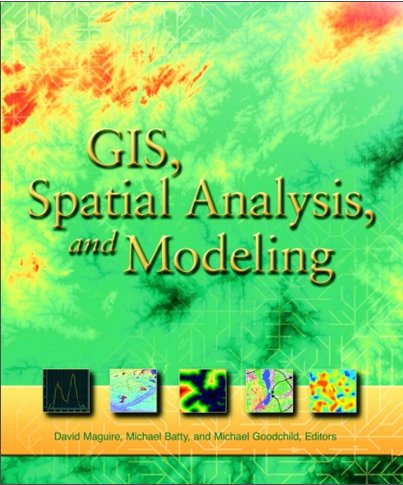In the May Issue of Scientific American, Geoff West from the Santa Fe Institute argues that we will get nowhere with big data if we don’t figure out the big theory that needs to go with it. Data and theory go hand in hand and we should thus be skeptical of anything that suggests that we are moving beyond the idea of theory, as Chris Anderson in his controversial ideas about theory and data in Wired Magazine implies. Geoff says that “Just as the industrial age produced the laws of thermodynamics, we need universal laws of complexity to solve our seemingly intractable problems”.
Smart Cities @Serious Games Institute
Short, sharp discussion of smart cities at Coventry University’s Serious Games Institute (this afternoon, May 8th starting at 1pm) with a talk by myself which mirrors my talk to the AGI a couple of months ago in Edinburgh (click here to download today’s talk as a PDF). Tobias Preis from Warwick University is also talking about their mining of Google Trends and I suspect he will talk about his recent paper in Scientific Reports on how to extract stock market signals from such data. Tony McNally will talk about Making Smart Low Carbon Cities – Achieving the Low Carbon Economy, Stuart O’Connor about Agent Crowd Behaviour within a Virtual Urban Environment, and Keith Osman about the EU Smart Cities CIP project EPIC. The programme is here.
SIMTABLE + Ambient Computing
The folks at Redfish Group in Santa Fe, NM have launched simtable which lets users sculpt the landscape and project onto it visual media that is produced by agent-based models of how the landscape changes. Wildfire is their current simulation using standard cellular automata models. What is nice about this kind of media is that it takes the kinds of ideas we developed in our own Analogies project – digital media and models projected back onto physical bases – but enables users to interact with the landscape. They are experimenting with urban landscapes as well but watch their video accessible from here and in YouTube to see them literally light a fire on the landscape and watch is spread and then introduce barriers and constraints manually by changing the landscape to stop the fire continuing. We must do something similar in CASA with our London datatable.


